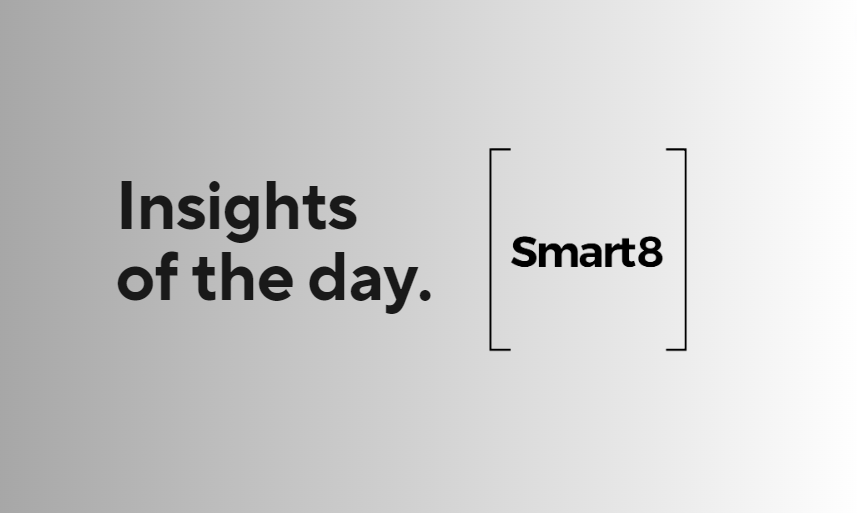
Gain valuable insights and practical knowledge that will set you apart from the competition. Whether you're just starting out or looking to level up your existing skillset, our comprehensive guide has got you covered.

Full stack development is a journey that requires a combination of skills, dedication, and passion. As a full stack developer, I've had the opportunity to work on a wide range of projects, from small startups to large enterprises, and each project has presented its own unique challenges and opportunities. In this blog post, I'll share my personal journey as a full stack developer, the lessons I've learned, and the tips I'd like to pass on to others who are just starting out.
One of the most important lessons I've learned as a full stack developer is the importance of continuous learning. Technology is constantly evolving, and as a developer, it's essential to stay up-to-date with the latest trends and tools. I've found that the best way to do this is by attending conferences, meetups, and workshops, as well as by reading industry blogs and books. Additionally, I make sure to always be working on personal projects, which allows me to experiment with new technologies and techniques outside of client work.
Another key aspect of full stack development that I've learned is the importance of collaboration. As a developer, it's easy to get caught up in the technical aspects of a project and forget about the bigger picture. Collaborating with designers, project managers, and other stakeholders is essential to ensuring that the final product meets the needs of the end-user. I've found that working closely with others also helps to foster a sense of community and teamwork, which can make the development process much more enjoyable and fulfilling.
My journey as a full stack developer began a few years ago, when I was working as a front-end developer for a small startup. I had a basic understanding of HTML, CSS, and JavaScript, but I knew that if I wanted to grow as a developer, I needed to expand my skill set. So, I started learning about back-end development, databases, and server-side programming languages like Python and Node.js. It wasn't easy, but with persistence and dedication, I was able to learn the basics and start building my own projects.
One of the biggest challenges I faced in the beginning was understanding how all the different technologies fit together. I knew how to build a website using HTML, CSS, and JavaScript, but I didn't know how to connect it to a database or create a server-side application that could interact with the front-end. It took some time, but eventually, I was able to figure it out, and that's when the magic happened. I was able to build a fully functional web application that could handle user input, process data, and output dynamic content. It was a feeling like no other, and it's what motivated me to continue learning and growing as a full stack developer.
Front end development is the process of creating the user-facing part of a web application. It involves working with HTML, CSS, and JavaScript to create a visually appealing and interactive interface. Here are some key concepts to understand:
Additionally, front end development involves working with frameworks and libraries, such as:
Understanding these concepts and technologies is crucial for building engaging and user-friendly web applications. With a solid foundation in front end development, you'll be well-equipped to create impressive web interfaces!
Back end development is the process of creating the server-side part of a web application. It involves working with programming languages like Python, Ruby, PHP, and Java to process data and provide responses to the front end. Here are some key concepts to understand:
Additionally, back end development often involves working with APIs (Application Programming Interfaces) to communicate with external services, such as:
Understanding these concepts and technologies is crucial for building robust and scalable web applications. With a solid foundation in back end development, you'll be well-equipped to create powerful and efficient server-side logic!
A database is a structured collection of data that is organized for efficient retrieval and modification. It's a critical component of any web application, as it stores and manages data. Here are some key concepts to understand:
Additionally, database concepts often involve working with:
Understanding these concepts and technologies is crucial for building robust and scalable database systems. With a solid foundation in database concepts, you'll be well-equipped to create efficient and effective data storage solutions!